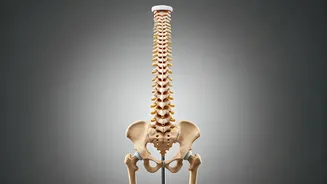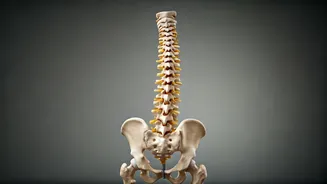Posture: Key to Prevention
Maintaining good posture, especially while using smartphones, tablets, and laptops, is paramount in preventing neck pain. Our modern lifestyles often involve
prolonged periods hunched over these devices, which can strain the neck muscles and lead to discomfort. The forward head posture, commonly adopted while looking at screens, puts excessive stress on the cervical spine. This can lead to various problems, including muscle spasms, stiffness, and chronic pain. By consciously correcting our posture and making it a daily habit, we can significantly reduce the risk of developing neck pain. Regular breaks and ergonomic adjustments, such as raising the screen to eye level and using a supportive chair, further support good posture and prevent strain.
Evaluating Neck Discomfort
Neck pain evaluation usually begins with a physical examination, where a doctor assesses the range of motion, looks for tenderness, and checks for any neurological deficits. The doctor will ask detailed questions about the pain, including when it started, what makes it better or worse, and any associated symptoms. Imaging tests, like X-rays, may be needed to exclude structural causes, such as fractures or arthritis. In some cases, more advanced imaging, like an MRI, is necessary to visualize soft tissues and identify issues like a herniated disc. This thorough approach helps medical professionals determine the root cause of the neck pain and provide suitable treatment.
Managing Neck Pain
Effective management of neck pain involves a multifaceted approach, tailored to the specific cause and severity of the condition. Treatment options range from conservative measures to more advanced interventions. Common strategies include rest, ice or heat application, and over-the-counter pain relievers. Physical therapy often plays a crucial role, incorporating exercises to improve strength, flexibility, and posture. In some instances, a doctor may prescribe stronger medications, like muscle relaxants or prescription pain relievers. If the pain is severe or persistent and does not respond to conservative treatments, injections or surgical interventions may be considered. The focus of management is on relieving pain, restoring function, and preventing recurrence.
Sudden Pain Situations
Sudden onset of neck pain often requires immediate attention. If the pain is the result of a traumatic event, such as a car accident or a fall, it is essential to seek medical evaluation right away to rule out severe injuries, such as fractures or spinal cord damage. Other causes of sudden neck pain include muscle strains, whiplash, or even infections. Symptoms like severe headache, fever, numbness or weakness in the arms or legs, or difficulty with bowel or bladder function warrant an immediate medical examination. Prompt diagnosis and treatment are crucial to prevent further complications and promote recovery. Never ignore sudden, severe neck pain. Seek medical advice without delay.
Preventing Neck Pain
Preventing neck pain involves adopting healthy habits and making ergonomic adjustments in daily life. Maintaining good posture is critical, whether you're working at a desk, using electronic devices, or simply walking. Regular breaks during prolonged activities can prevent strain. Stretching and strengthening exercises help maintain flexibility and support muscles around the neck. Ergonomic workstations, featuring proper chair height and screen placement, also play a huge part. Avoid prolonged phone use by using a headset or speakerphone. Regular physical activity and stress management techniques, such as yoga or meditation, may also reduce muscle tension and prevent neck pain. Make these changes a part of your daily routine to avoid neck pain.











